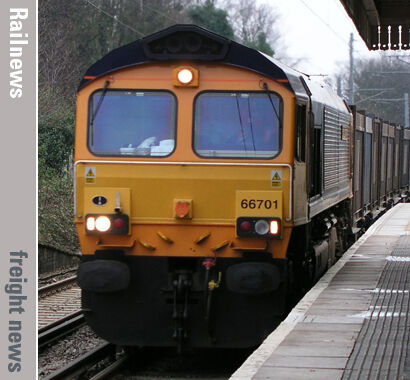The amount of freight carried by train over the past year to 31 March has remained largely stable, and the latest figures show that the industry has failed to attract more traffic of most types.
The exceptions which have increased are construction materials, food and drink, and some domestic intermodal movements, which the Office of Rail and Road dubs ‘non-maritime’.
Types of cargo in decline in over the past 12 months include coal, domestic waste, industrial minerals, metals, oil and biomass.
The total of freight moved was 15.76 net tonne/km, compared with 15.73 billion net tonne/km in 2022-23.
These figures show little change from the early 1980s, when the total for 1982-83 was 16.6bn net tonne/km, and less than the more recent peak ten years ago, when it reached 22.70bn net tonne/km.
However, the 1982-83 total included 5.9bn net tonne/km of coal, while coal movements last year amounted to less than 100 million net tonne/km.
The lack of significant improvement in the total amount of rail freight is a result of ‘wider economic conditions’, according to the private sector rail lobby group Rail Partners.
Rail Partners director of policy Robert Girgis said: ‘Despite the wide consensus on the importance of rail freight growth, now backed by the government’s commitment to a long-term growth target, this data shows consistent freight growth won’t happen on its own.
‘Freight companies continue to invest and innovate to deliver for customers even within this challenging context, but to ensure we fully realise the low-carbon and economic benefits of rail freight, it is essential to create the right conditions for growth. That means a level playing field between different modes of transport so that freight customers can make the right decision for both their business and the environment.’


